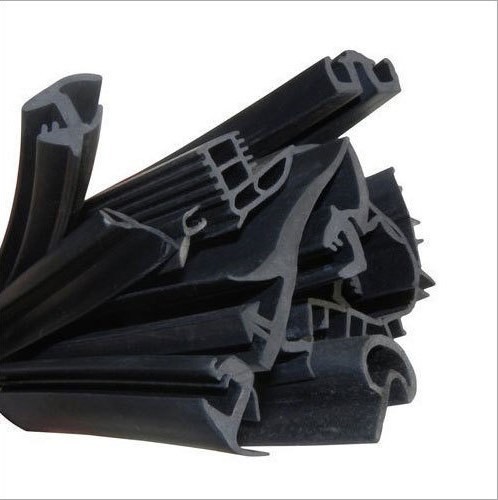Rubber and Elastomer
Rubber and elastomers are used as gaskets or washers for the purpose of sealing. Rubber is manufactured using vulcanization. Vulcanization is a chemical reaction between rubber and a functional group, usually brought about by heat. The result is a product that is stronger, more elastic, more resilient, and less sensitive to temperature changes and the action of solvents than the original polymer.
Rubber products are generally manufactured using injection moulding, compression moulding and extrusion.
EPDM
EPDM (ethylene propylene diene monomer) is a synthetic rubber. Its molecular structure has a single bond, chemically saturated backbone, which makes it extremely resistant to outdoor conditions. This is because ozone and UV rays aren’t able to break up its molecular structure in the same way as rubbers with double bonds.
It is available in closed cell and open cell structure with varying levels of shore hardness levels.

TPE
Elastomers are any rubbery material composed of long chainlike molecules, or polymers, that can recover their original shape after being stretched to great extents.
TPEs are blends of plastic and rubber materials that have both thermoplastic and elastomeric properties. That is why they are sometimes called thermoplastic rubber (TPR) instead. Like a thermoplastic, TPRs soften when heated but harden when cooled. Like an elastomer, they compress under stress but return to their original shape when this stress is released.
